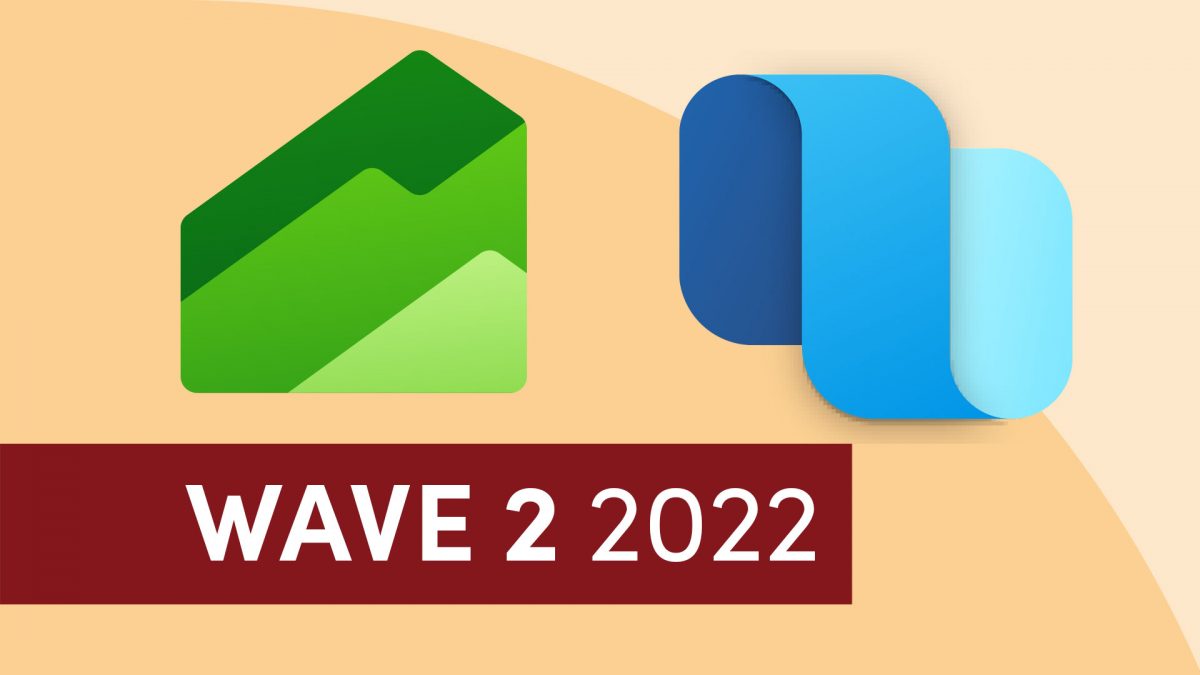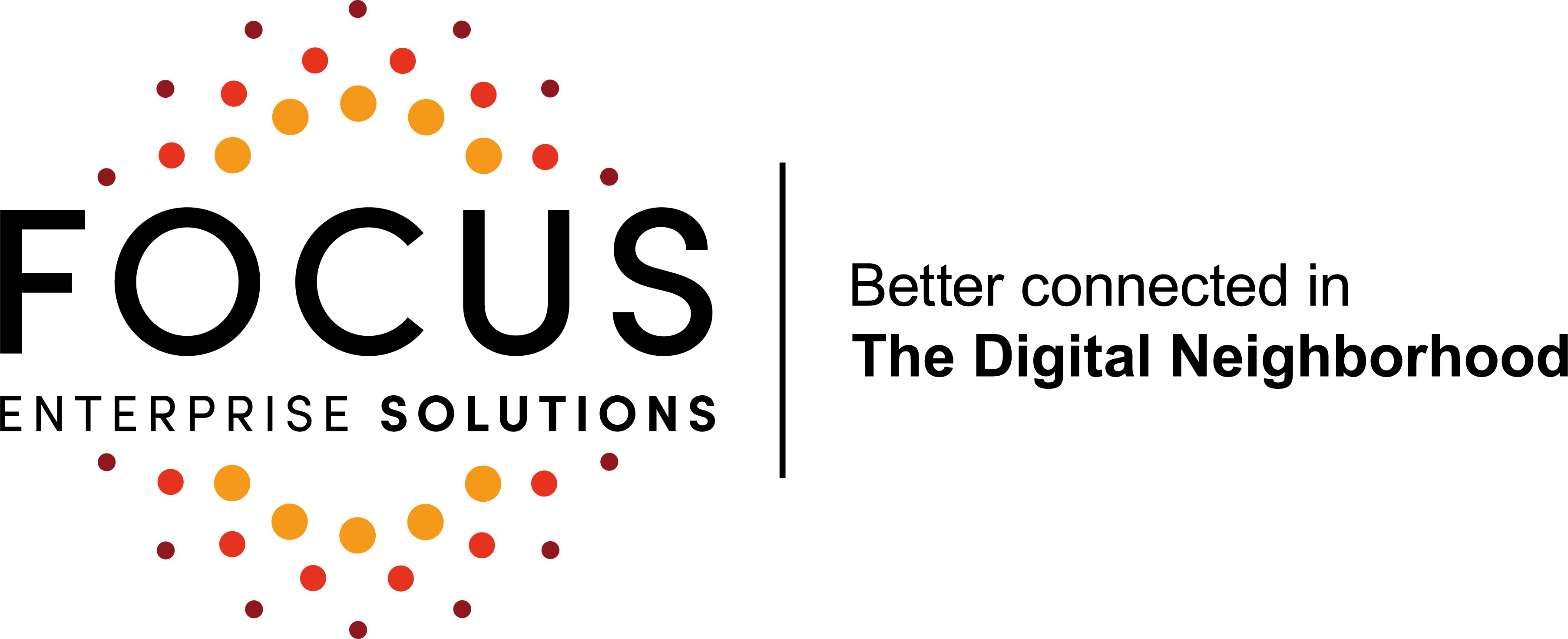Dynamics 365 Wave 2 2022: What’s new?

Throughout the year, Microsoft releases multiple (minor) updates to Dynamics 365 Finance and Supply Chain Management. In addition, there are two major updates, each year in April and October, also called Waves. In these Waves, new functionalities and improvements are introduced. These are listed in the extensive release note, which consists of 365 pages. Angelique den Boef, Release Manager at Focus Enterprise Solutions, has dived into this and shares the most important functionalities of Wave 2 2022 with you in this blog.
Important dates
First of all, some important data around this new Wave: The early access for a number of functionalities already went live on August 1, 2022, but the functionalities are generally available from October 1, 2022. Some of these new functionalities are enabled automatically, but other new functionalities must be enabled or configured by the administrator himself. The functionalities will be released from October 2022 (version 10.0.29) until March 2023 (version 10.0.31).
Do you need help enabling these new functionalities or questions about this Wave 2 2022? Please contact Focus Enterprise Solutions.
The fullrelease notes can be found on the Microsoft website: https://docs.microsoft.com/en-us/dynamics365-release-plan/2022wave2/. This also contains the new functionalities of the other Dynamics 365 components. So if you also use the CRM system, Power BI or Power Apps of Dynamics 365, you will also find the new functionalities here.
Dynamics 365 Finance
A few new functionalities:
- Enhancements in subscription billing: By using split billing, you can invoice multiple customers from a single contract with one billingschedule for each customer and their responsibility isdefined.
- Invoice automation – process vendor invoices during the import process: This new feature automatically processes vendor invoices when the invoices are imported. This saves time and effort and prevents errors that can occur with handmatige verwerking.
- Define financial tags to support analytical reporting: By using financial tags, you can track predefined fields in bookings. The values of these financial tags can then be used for reporting purposes or the general ledger settlement. An example of this is the use of a tag to track payment references that are used for general ledger settlements. This makes it easier to match transactions. Another advantage of using tags is that it does not negatively affect performance, such as the alternative of extra financial dimensions.
- Save time with ledger settlement automation: This new feature allows you to automatically reconcile debit and credit transactions in the general ledger and mark them as settled. This saves time and prevents manual work.
- Access new bank reconciliation report: The bank reconciliation report provides clear, overall information of bank reconciliation status and bank transactions details within a certain period, supporting a better auditing evidence.
- Vendor invoice OCR – try deployment wizard: This feature provides customers with an out-of-the-box optical character recognition (OCR) solution for vendor invoice processing that reduces the labor required for data entry and helps reduce errors that can occur when tasks are completed manually.
- Make invoice numbers longer: If necessary, you can make invoice numbers longer. This makes you flexible to adjust the invoice numbers to the way that suits your organization.
The full release note, also for other parts of Dynamics 365, can be found on the website of Microsoft https://docs.microsoft.com/en-us/dynamics365-release-plan/2022wave2/
Dynamics 365 Supply Chain Management
New functionalities are also available for Dynamics 365 Supply Chain Management. An overview of the most important:
- Track soft reserved quantities within allocations: it was already possible to plan the distribution of the available stock. However, this could take a long time, so there could be oversell or overconsumption. In the new release, there is a real-time situation, by creating soft reservations within allocations.
- Source products and materials from multiple vendors: Planning optimization now supports multi-vendor sourcing. This makes it possible to establish supplier sourcing ratios and apply them to master planning. Think of a rule that 70% of the material must be purchased via supplier X and 30% via supplier Y.
- Display product info in user’s language: This new feature is particularly interesting for companies with offices worldwide. A language can be specified for each legal entity, which may differ from the system language. Users are then automatically presented with all product names and descriptions in the language assigned to the entity.
- Combine orders: This capability provides customers a way to directly reduce their cost of goods sold and provide better value to their end customer.
The full release note, also for other parts of Dynamics 365, can be found on the website of Microsoft https://docs.microsoft.com/en-us/dynamics365-release-plan/2022wave2/
Enabled-by-default features with the 10.0.29 release
Cross-app features provide ease of use to all users of Finance and Operations apps. These features will be turned on by default, but can still be manually disabled. These features are all targeted to become mandatory with 2023 release wave 1.
- Improvements to saved views for dialog boxes and queries.
- Abilityto select and change t hedgehog sizes to optimize the workspace.
- Browsing through various parts of the form and (such as the navigation bar, the main form, or the action panel) has been improved.
- On transaction details pages, such as sales orders, the pivot tabs allow users to switch between the header and line aspects of the page.
- The loading of notifications from the action center has been accelerated.
Get help installing updates
Before you install this update, it is important to know what the impact of this update is for your ERP system. The update can have consequences for customization or add-ons. We can help you with that. With SURA (Service Update Release Assistance) we help you to update your Dynamics 365 environment in a structured way. Read more about this in my previously published blog ‘No more worrying about Microsoft service updates with SURA.’
Want to know more?
Do you want to know more about the Wave 2 2022, SURA or do you have other questions about Dynamics 365? Please contact us.

Comments are closed.


